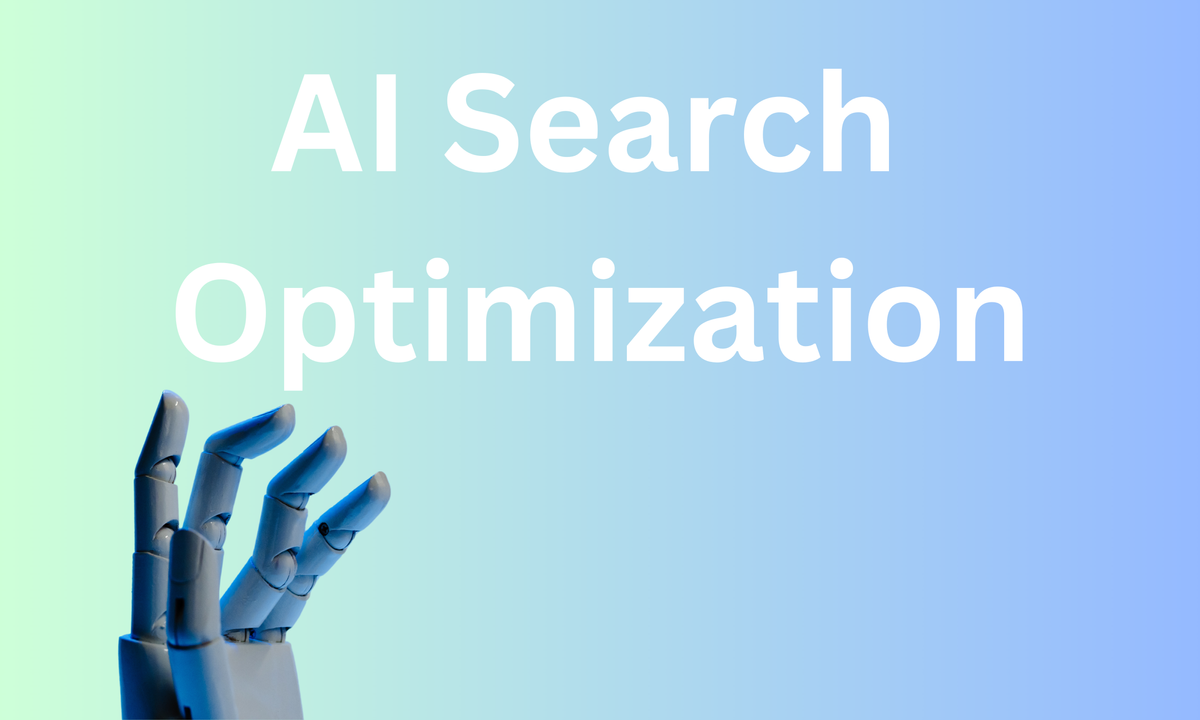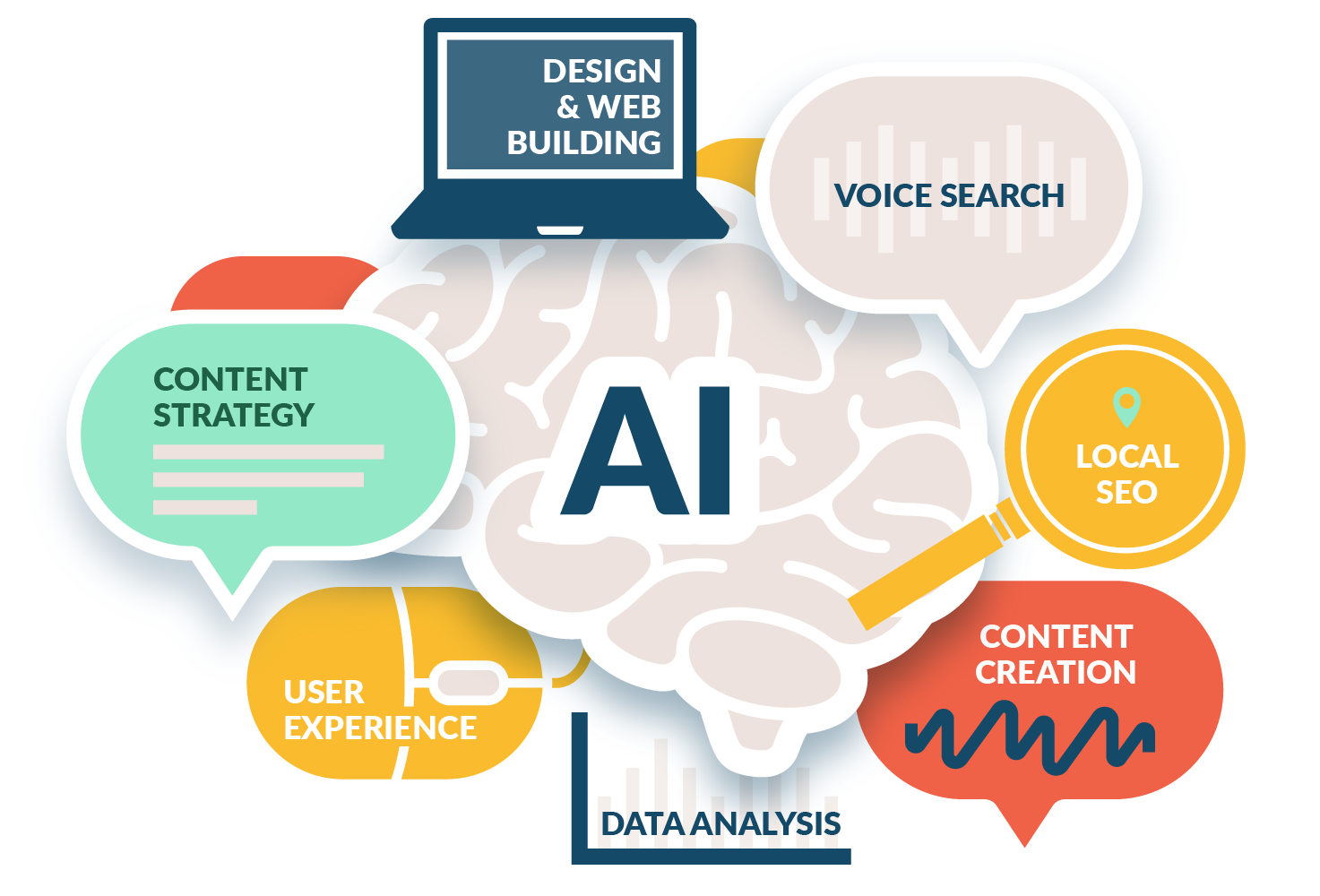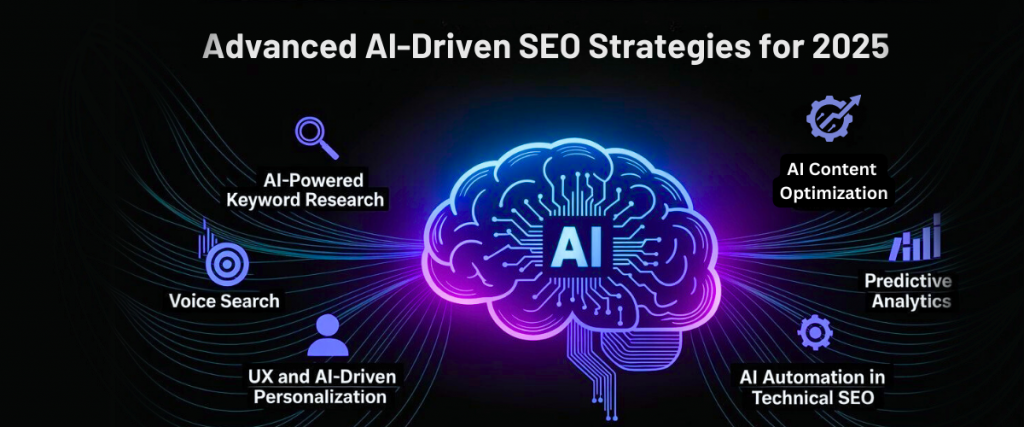Technical SEO Foundations for AI-Driven Search Algorithms
AI-driven search algorithms—such as Google’s AI Overview, Bing Copilot, and ChatGPT—rely on technical SEO as the bedrock for discovering, understanding, and ranking content. While these systems are increasingly sophisticated at interpreting context and intent, they still depend on clear, machine-readable signals to process information efficiently. Below are the critical technical SEO foundations that directly impact visibility and performance in AI-driven search environments.
Core Technical SEO Elements
| Element | Importance for AI Search |
|---|---|
| Crawlability & Indexing | Ensures content is accessible to both traditional search bots and AI crawlers. If a page can’t be crawled, it’s invisible to AI models. |
| Site Architecture | A logical, well-organized structure helps AI understand content relationships and topical authority. |
| XML/HTML Sitemaps | Guides crawlers to all important pages, improving discoverability and inclusion in reference pools. |
| Page Speed & Mobile Readiness | Faster, mobile-friendly sites are preferred by both users and AI, signaling quality and accessibility. |
| Structured Data & Schema | Provides machine-readable context about entities, relationships, and facts, increasing chances of rich results and AI citations. |
| Canonicalization | Prevents confusion by indicating the preferred version of similar content, avoiding dilution. |
| Renderability (SSR) | Ensures all content is accessible to bots, not just what’s visible after JavaScript execution. |
| HTTPS & Security Headers | Adds trust signals, increasingly factored in by generative engines. |
Engineering Principles for Scalable AI SEO
- Systematic Measurement: Quantify everything—from keyword performance to technical health scores—to enable data-driven decisions.
- Reproducibility: Document and standardize processes (e.g., content optimization templates, technical audit checklists) for consistent execution.
- Scalability: Design strategies that grow with your business, handling increased content and technical complexity without proportional manual effort.
Content and Semantic Optimization
- Semantic Structure: Use comprehensive topic clusters, natural language, and clear heading hierarchies (H2, H3) to help AI understand context and relevance.
- Entity-Based SEO: Optimize around people, places, and concepts, emphasizing their relationships for better AI comprehension.
- Rich Data Presentation: Use tables, lists, and comparison sections to present information in digestible, scannable formats favored by both users and AI.
Trust and Authority Signals
- E-E-A-T: Demonstrate Experience, Expertise, Authoritativeness, and Trustworthiness. AI algorithms increasingly prioritize content that shows genuine expertise and provides valuable insights.
- Content Freshness: Regularly update content to maintain relevance, as AI systems may favor newer, up-to-date information.
- Source Credibility: Strengthen trust signals through author bios, citations, and secure, well-maintained websites.
Distinctions: Traditional SEO vs. AI SEO (GEO)
While traditional SEO focuses on keyword density and backlinks, AI SEO (or Generative Engine Optimization, GEO) emphasizes context, semantic relationships, and machine-readable data. The goal is not just to rank, but to be cited as a source in AI-generated answers and overviews.
Summary
Technical SEO remains the foundation for success in AI-driven search. By ensuring crawlability, clean architecture, fast performance, structured data, and strong trust signals, you make your content not only visible but also interpretable and citable by advanced AI algorithms. These practices are essential for any organization aiming to maintain and improve visibility as search becomes increasingly AI-powered.





